Melbourne Uni, MCEN90012: Static Equilibrium Design Analysis
VerifiedAdded on 2023/01/17
|9
|991
|29
Practical Assignment
AI Summary
This document presents a student's analysis of static equilibrium, focusing on its application in mechanical engineering design. The assignment begins with a theoretical overview of static equilibrium, defining it as a state where a body remains stable without motion, and explaining the concept of free body diagrams (FBDs) as a graphical representation of forces and moments. The solution includes examples, such as a trap door counterbalance system, detailing the design of a torsion bar and calculating relevant parameters like length, diameter, and torque. The analysis extends to different scenarios, like a cast shelf support, discussing static and kinetic friction. The document provides detailed calculations, diagrams, and explanations. It includes an assignment brief outlining the problem and the requirements of the task, including the design of a spring for a trap door, considering weight, torque, and angular displacement. It also analyzes the forces and moments acting on the door, demonstrating the practical application of static equilibrium principles in mechanical design.
1 out of 9
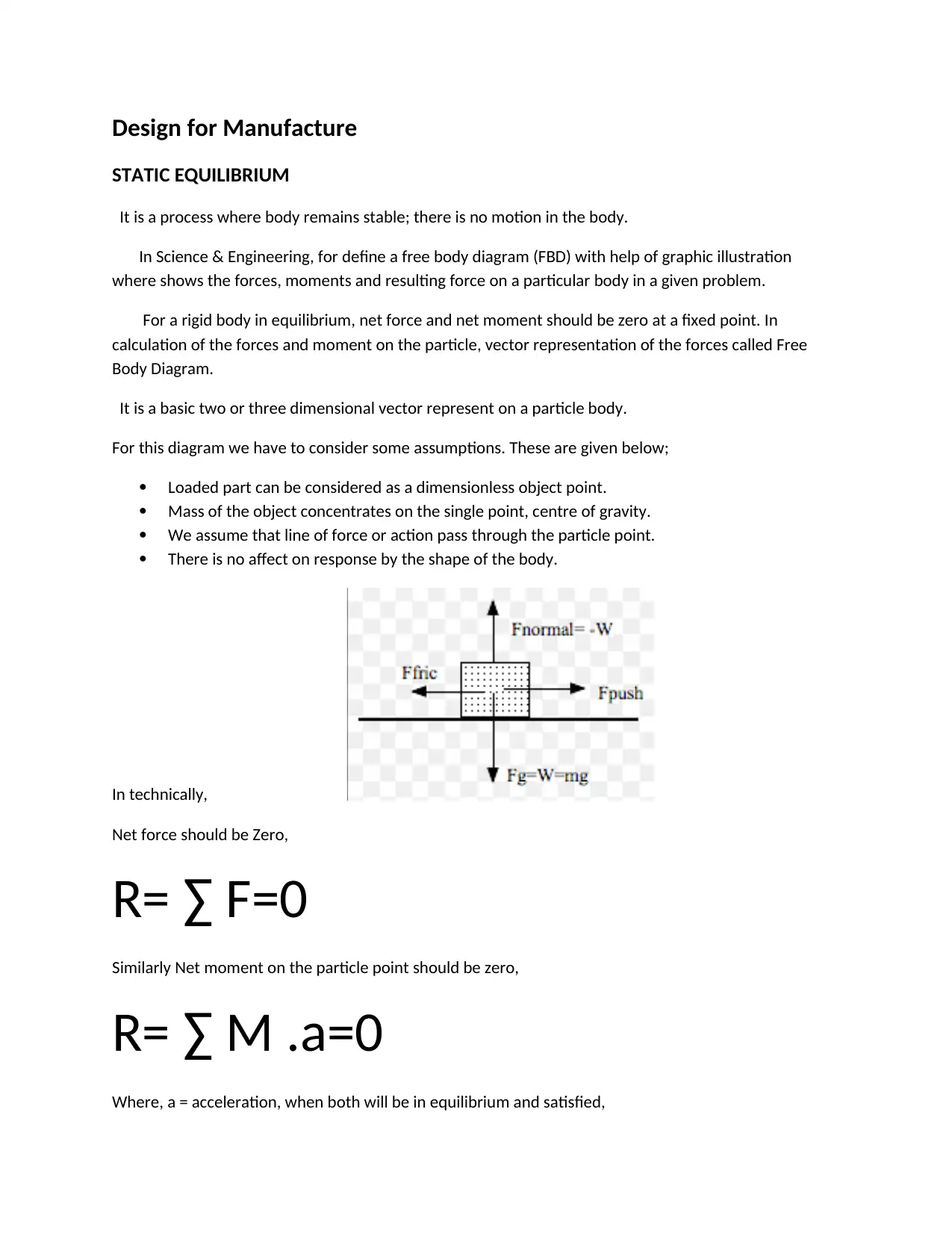
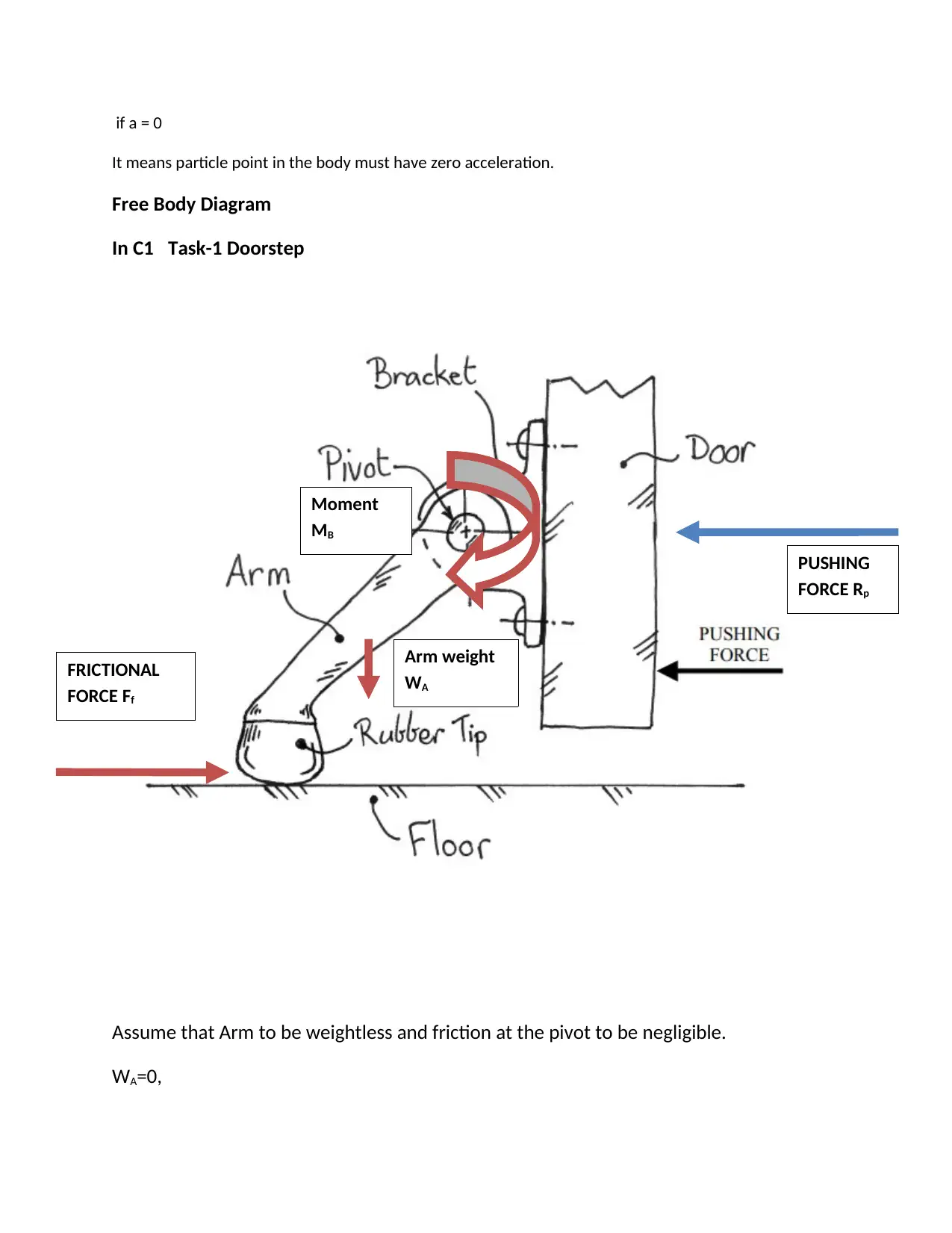
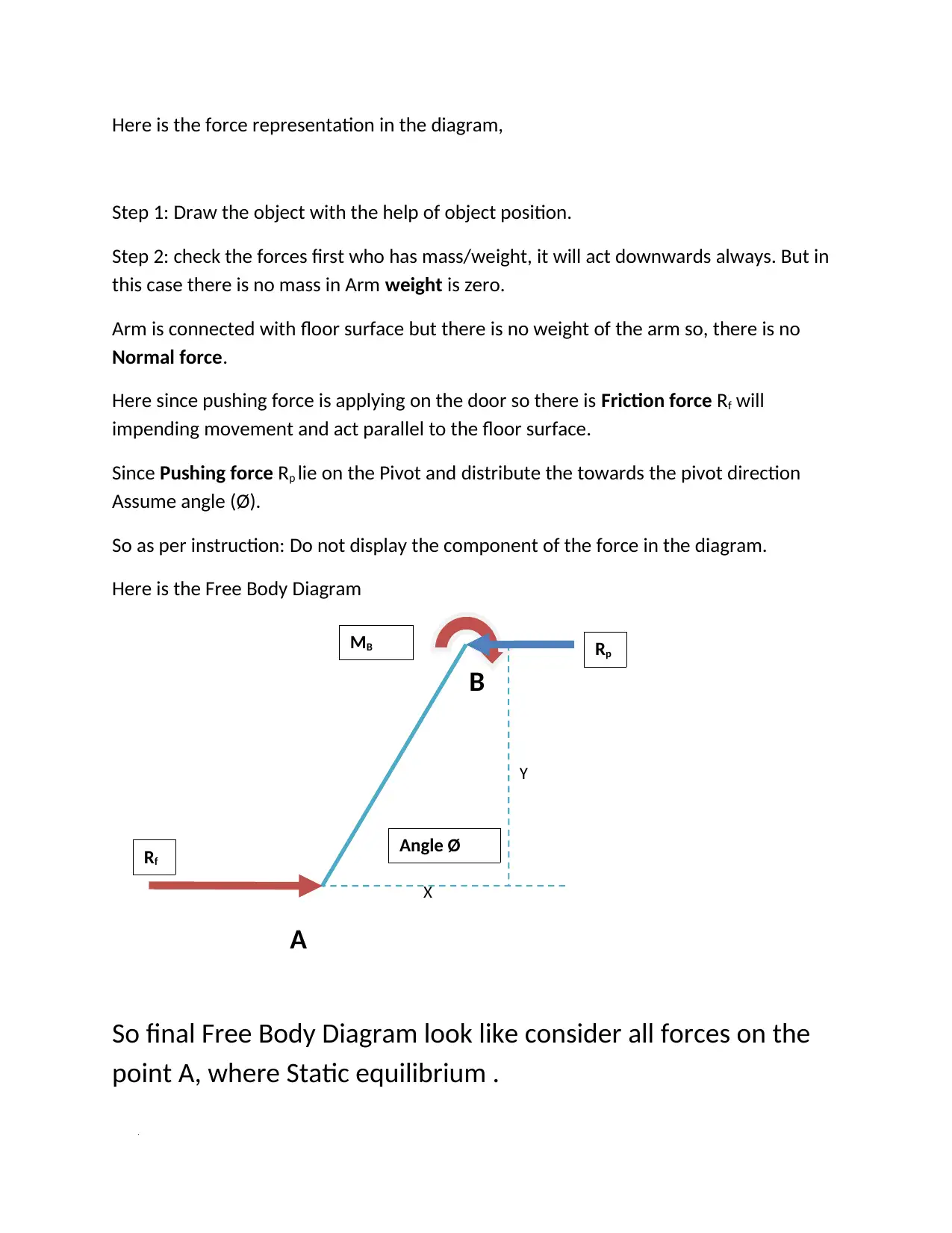

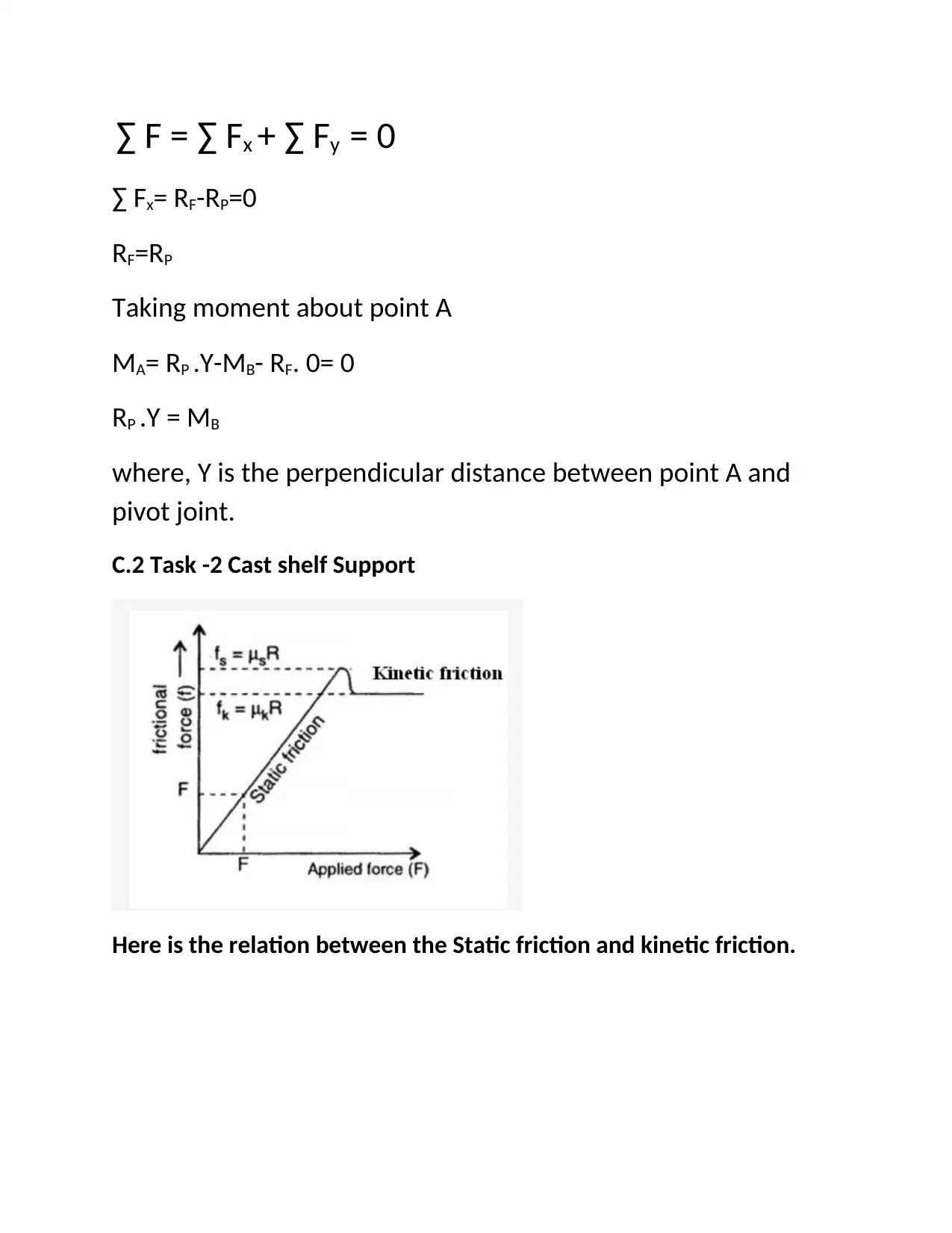
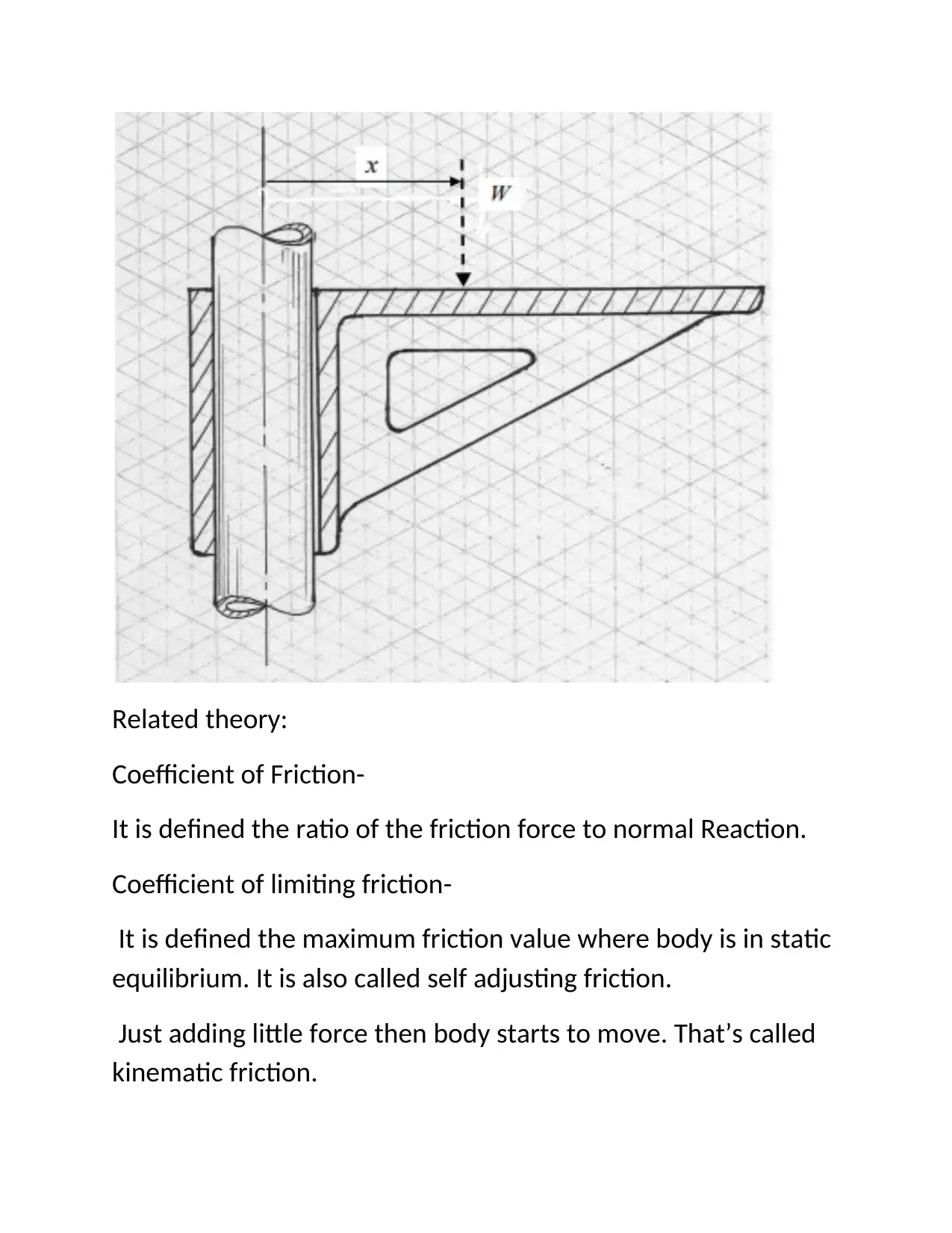
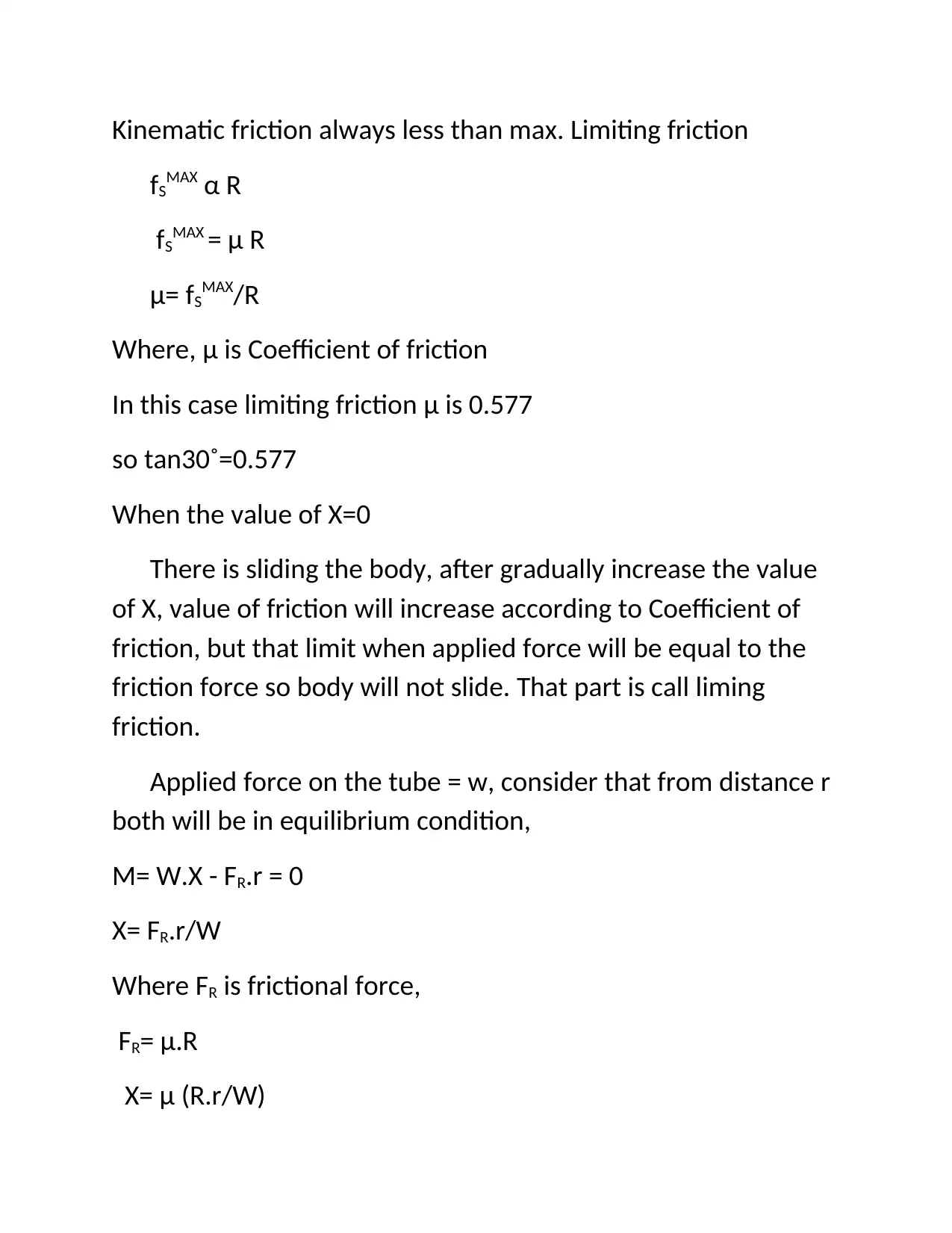

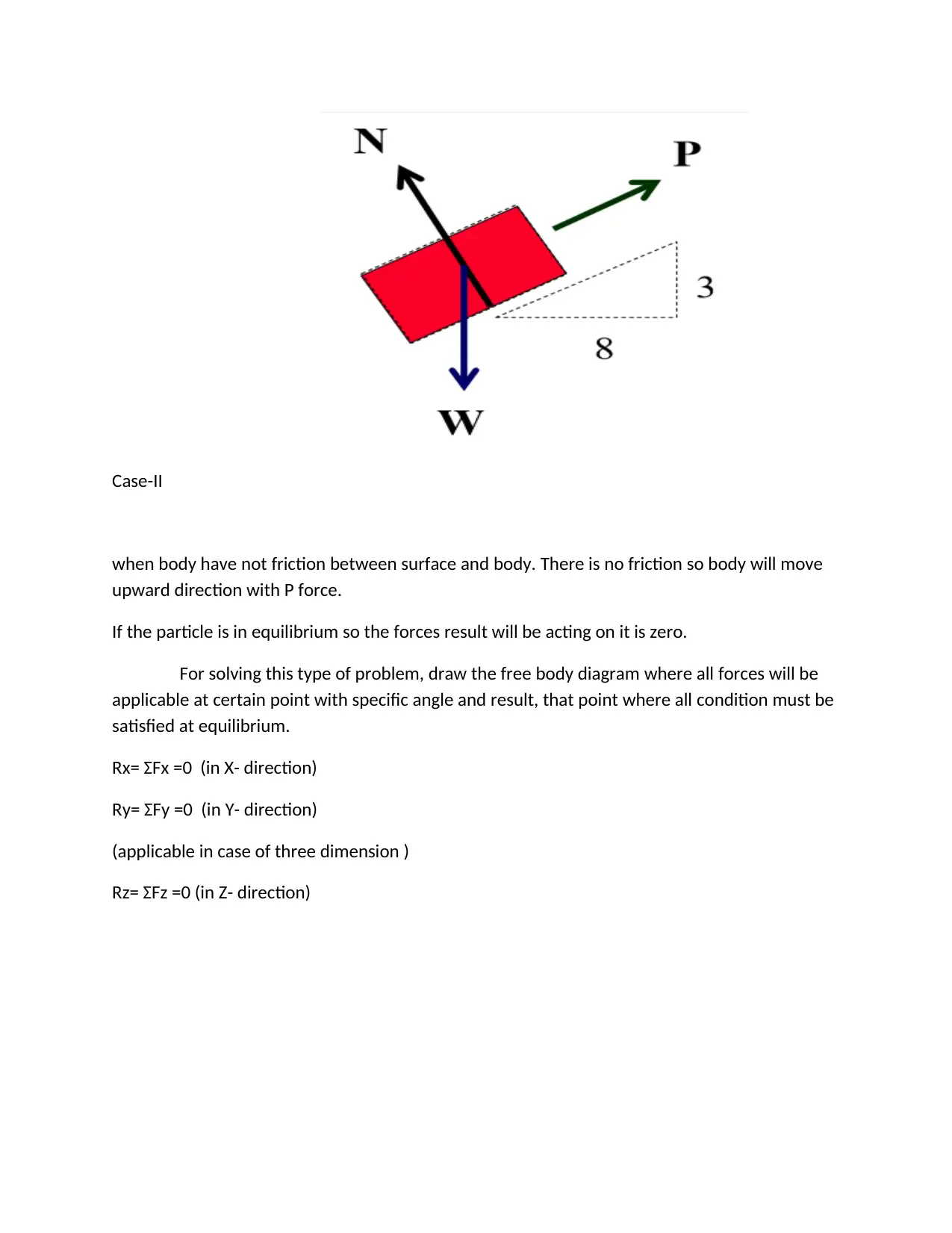
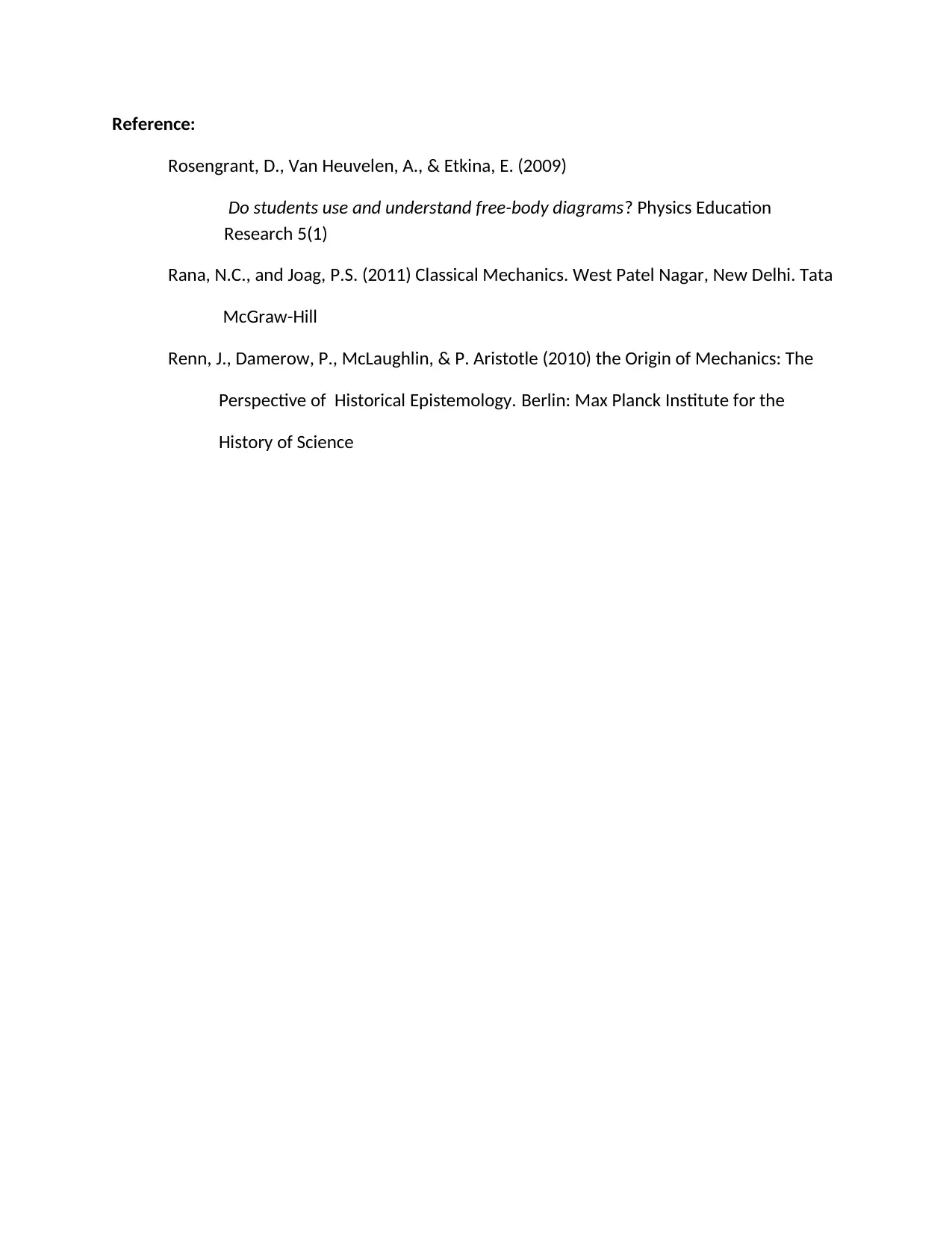




![[object Object]](/_next/static/media/star-bottom.7253800d.svg)